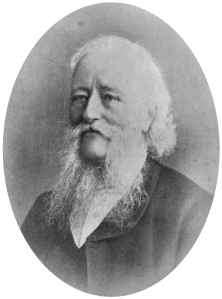
William Colenso was a missionary, a printer, an explorer and perhaps one of New Zealand’s most important botanists. In 1834, at 21 years of age, he travelled to New Zealand from England to serve as printer for the Church Missionary Society. He became fluent in Maori, schooling other missionaries about the language and printing Māori translations of the bible. Though he was well aware Europeans and Māori had different understandings of land ownership and sovereignty (and made his viewpoint known), it was also his job to print copies of the Treaty of Waitangi.
“I have spoken to some chiefs concerning it, who had no idea whatever as to the purport of the treaty.”
On his time off from printing, he relaxed by exploring the Bay of Islands and collecting botanical specimens. Soon his passion for botany was rivalled only by his missionary zeal. He was further encouraged by visiting scientists and naturalists such as Charles Darwin and Joseph Dalton Hooker, who gave him instruction and equipment to aid in his collections.
The Great Ruahine Adventure
When Colenso became an ordained deacon in 1845 he was charged with managing an extensive parish that extended from Hawkes bay to Wellington and into the unexplored Ruahine Mountain ranges. About this time, Colenso heard a story about the lost tribe of Mokai Patea over the Ruahine mountains and determined that he must find them and bring them to God.
“It was then too, that I first heard of the natives secluded in the interior…they were believed to be there isolated completely from the outer world and that no way or track was open or known by which they could be reached.”
He consulted with local chiefs, who tried to dissuade him. They told him there were few who willingly tried to cross the ranges and ancient stories tell of many who had died in the attempt. But Colenso managed to find one man – Mawhatu – who had crossed the mountains and lived to tell the tale. As a young boy, he was captured by a rival tribe and travelled with them as a prisoner of war across the Ruahine. But he managed to escape and found his way down off the mountain range with his life. Though his memory of the ordeal was vague, Colenso convinced him to act as a guide, and enlisted the help of several other men to travel with him.
They faced an arduous journey, fighting sickness, injury, harsh country and travelling up to twelve hours a day. At one point they came to a large landslide, where far below them they spotted white bones jutting out of the rocks – the remains of the last travellers who had attempted the crossing.
Running low on supplies and beginning to get disheartened, two men were sent on ahead to search for the tribe and hopefully return with supplies. When the men had still not returned by the next day, Colenso decided to climb to the mountain top to see if he could spy his men or the lost tribe.
“Hour after hour…passed in arduous toil before we gained the top; the primeval forest being so filled with decaying trees and prostrate limbs and tangled shrubs and herbage, that we could scarcely get through it.”
Finally, the jungle gave way and they reached the summit, but in the vast wilderness before them they could see no sign of their companions, or of the Mokai Patea. But Colenso’s despair soon turned to ecstasy as he realized the summit basins were a bountiful garden of native plants.
“I was overwhelmed with astonishment, and stood looking with all my eyes, greedily devouring and drinking in the enchanting scene before me…nothing [elsewhere] compared with this, – either in variety or quantity or novelty of flowers, – all too, in sight at a single glance”.
Desperate to capture his precious prize, he made a bag from his jacket and collected as many plant specimens as it could contain. When this was full to bursting he used the shirt off his back stuffing in more and more plants, and finally stowed what he could in the crown of his hat. Half-naked, Colenso made the return journey back to camp, carrying bundles of plants. In his passionate fervour he even included the viciously spiky speargrass which now bears his name – Aciphylla colensoi.
“It gave us an immense deal of unpleasantness, trouble and pain – often wounding us to the drawing of blood”
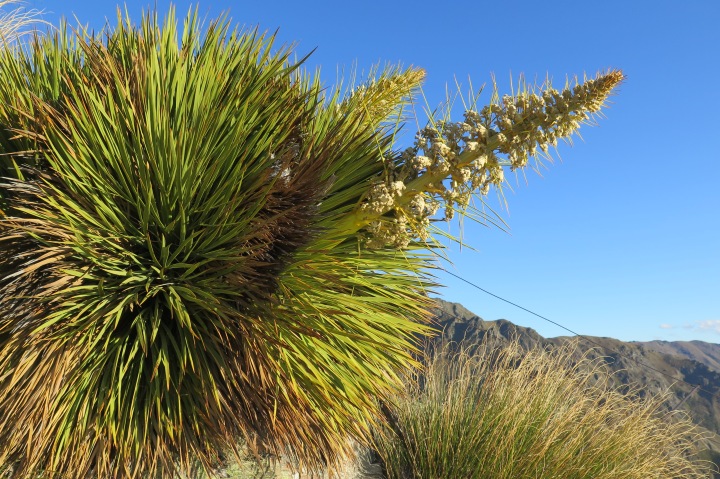
On returning to camp, they met their desperately exhausted companions. They had discovered a village but it was deserted and had no stores of food. The weary travellers had no option but to retreat making the long journey back to the mission station in Hawkes bay. Colenso had failed in his attempt to find the lost tribe, but had made perhaps one of the greatest single collections of native plant specimens in NZ botanical history.
Epilogue
The last few chapters of Colenso’s life are rather tragic. Colenso eventually did manage to reach the lost tribe some years later, only to find that he was beaten to it by a rival missionary. His hard won status in the Missionary society was lost some years later when he had a child with a young Māori servant girl. His wife left him, taking not only his children but the Māori girl’s child aswell. He was shunned and rejected by the missionary society, and many Māori and Europeans alike. He continued into his old age writing and lecturing on scientific topics and collecting botanical specimens.

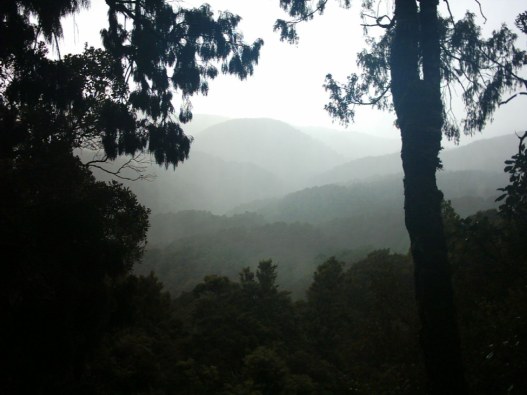
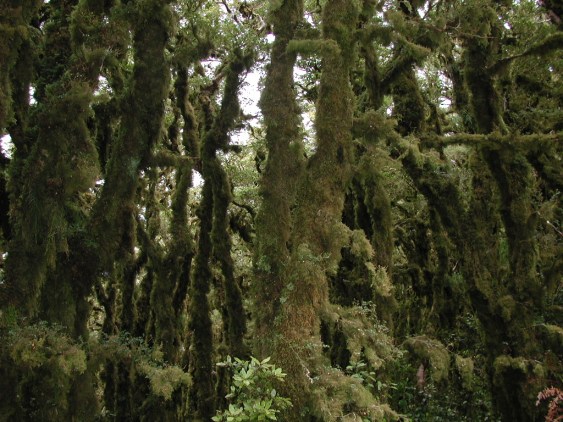
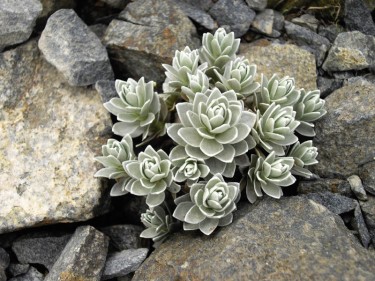
The upper photo is of William Colenso’s cousin John William Colenso, Bishop of Natal
LikeLike
Thanks for the clarification Ian – I will try source a better photo of the young Colenso to replace it.
Cheers,
Robert from MOT
LikeLike
The top photo is his cousin JW Colenso.
LikeLike
Thanks for the reminder! I’ve swapped the photo out for now and will keep an eye out for a public domain image of of the real William Colenso.
LikeLike